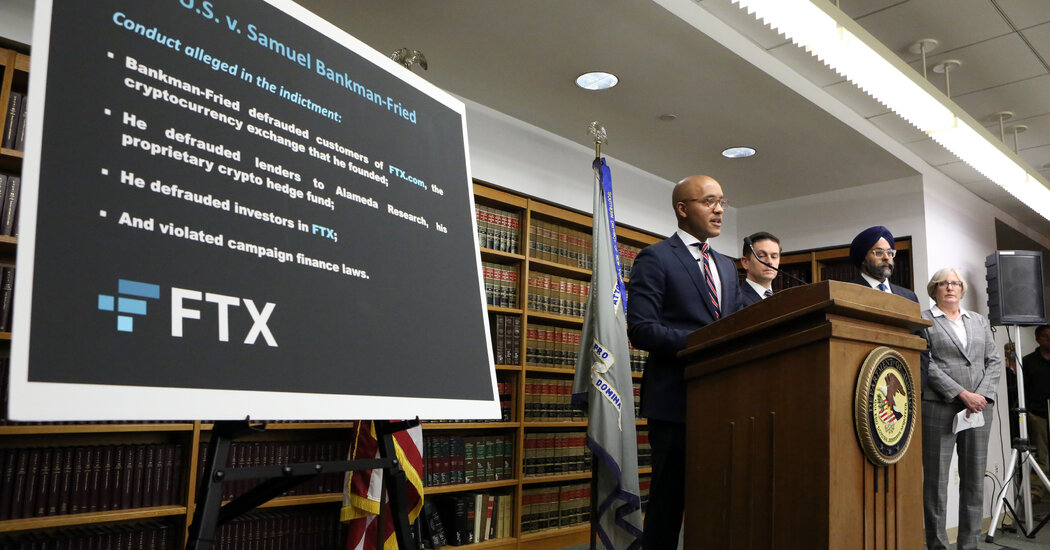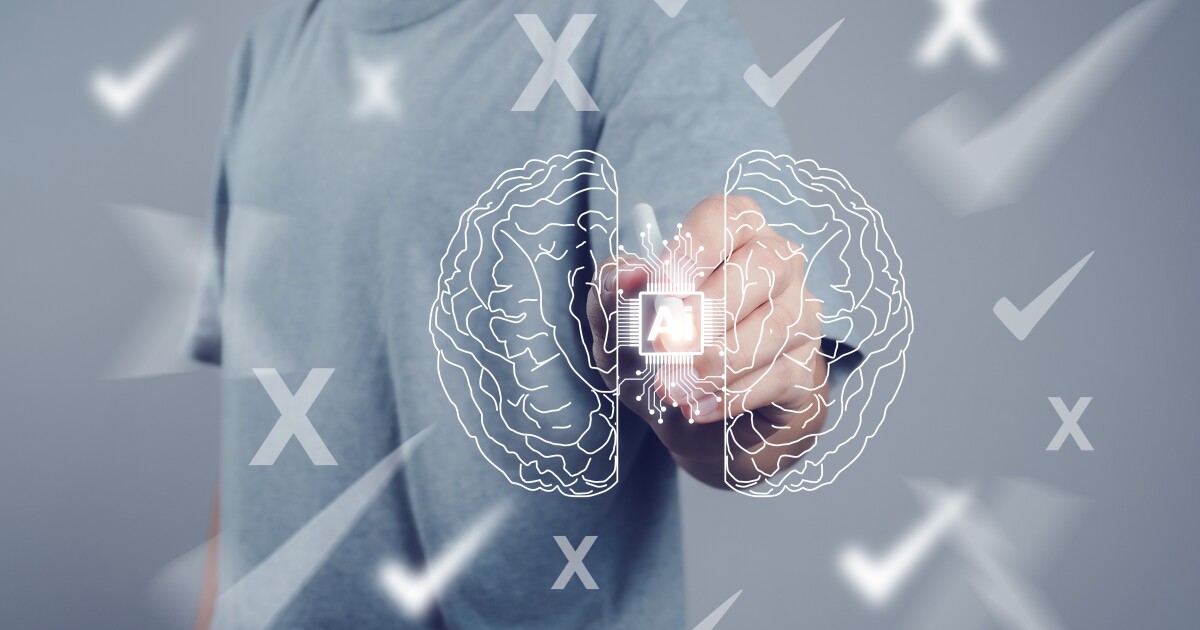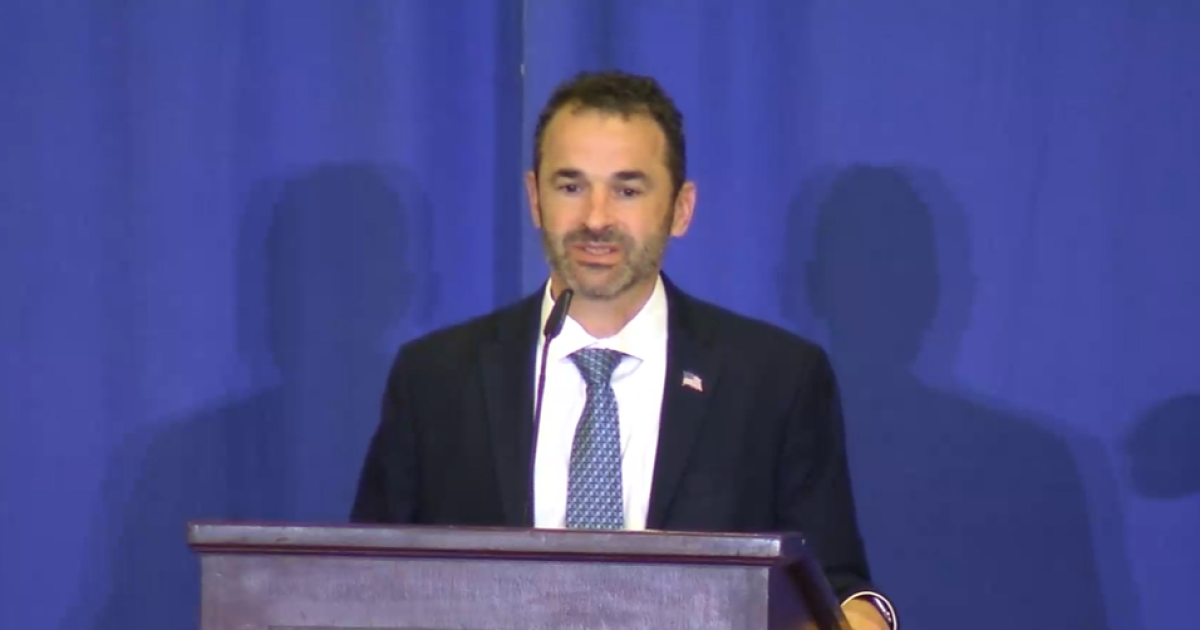Sam Bankman-Fried, the founder of the collapsed FTX cryptocurrency exchange, is set to stand trial, after a yearlong corporate saga that has made headlines around the world and devastated the digital asset industry.
Here’s what to know about his case.
What is Mr. Bankman-Fried accused of?
Federal prosecutors have charged Mr. Bankman-Fried with orchestrating a vast scheme to siphon billions of dollars of FTX customer money into political contributions, real estate purchases, charitable donations and venture investments. He is also accused of lying to his venture capital backers and to the companies that lent FTX money.
The scheme was exposed in November when a run on deposits forced FTX to shut down withdrawals, with more than $8 billion in customer funds missing. Five weeks later, prosecutors in Manhattan charged Mr. Bankman-Fried with eight counts, including wire fraud, securities fraud, commodities fraud, money laundering and campaign finance violations.
Prosecutors later dropped the campaign finance charge, so Mr. Bankman-Fried faces only seven counts. After his arrest, the prosecutors also accused him of additional crimes, including bank fraud and bribery of a foreign government, but those new charges have been punted to a possible second trial, scheduled for March.
How did the alleged scheme work?
Mr. Bankman-Fried oversaw two core businesses: FTX and a hedge fund called Alameda Research.
FTX served as a marketplace for people to buy and sell digital currencies; they could deposit dollars and then spend them on Bitcoin, Ether or hundreds of other newfangled coins, storing their savings on the platform. In some countries, customers could also borrow funds from FTX to make bigger bets on crypto prices, a risky type of trading that was banned in the United States.
Alameda was, at least in theory, simply a large customer of FTX that used the platform to trade digital currencies. But according to prosecutors, Mr. Bankman-Fried allowed Alameda to borrow a virtually limitless amount from FTX and then funneled much of that money into other projects. For example, regulators say, Alameda used customer funds to make large loans to FTX executives, who spent the money on political donations.
What is his defense?
It’s not entirely clear. But after FTX filed for bankruptcy, Mr. Bankman-Fried blamed an accounting error that he said had caused billions of dollars of user funds to vanish without his knowledge. He has also blamed his Alameda colleagues for failing to institute proper risk management protocols. And in legal filings, his lawyers have said they plan to argue that two large law firms authorized most of his actions at FTX.
What do legal experts expect to happen at trial?
Mr. Bankman-Fried faces an uphill battle in court. His three closest colleagues — Alameda’s chief executive, Caroline Ellison, and two FTX co-founders, Nishad Singh and Gary Wang — all pleaded guilty to fraud charges and agreed to cooperate against him. (A fourth executive, Ryan Salame, pleaded guilty without signing a cooperation agreement.)
The judge overseeing the case, Lewis A. Kaplan, has repeatedly sided with the prosecution in procedural disputes leading up to the trial, rejecting a slate of expert witnesses the defense had hoped to call. Since August, Mr. Bankman-Fried has had to prepare his case from a jail cell in Brooklyn after Judge Kaplan revoked his bail, ruling that he had repeatedly tried to interfere with witnesses.
How long will the trial last?
It’s slated to last six weeks, according to court filings.




